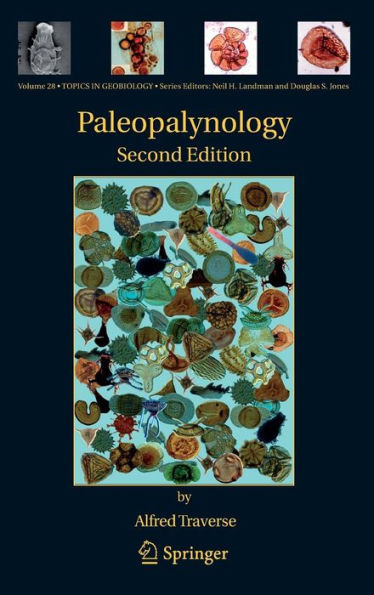5
1
9781402056093



Paleopalynology: Second Edition / Edition 2 available in Hardcover, Paperback

Paleopalynology: Second Edition / Edition 2
- ISBN-10:
- 1402056095
- ISBN-13:
- 9781402056093
- Pub. Date:
- 06/28/2007
- Publisher:
- Springer Netherlands
- ISBN-10:
- 1402056095
- ISBN-13:
- 9781402056093
- Pub. Date:
- 06/28/2007
- Publisher:
- Springer Netherlands

Paleopalynology: Second Edition / Edition 2
$219.99
219.99
In Stock

Product Details
| ISBN-13: | 9781402056093 |
|---|---|
| Publisher: | Springer Netherlands |
| Publication date: | 06/28/2007 |
| Series: | Topics in Geobiology , #28 |
| Edition description: | 2nd ed. 2007 |
| Pages: | 813 |
| Product dimensions: | 6.10(w) x 9.25(h) x 0.06(d) |
About the Author
From the B&N Reads Blog
